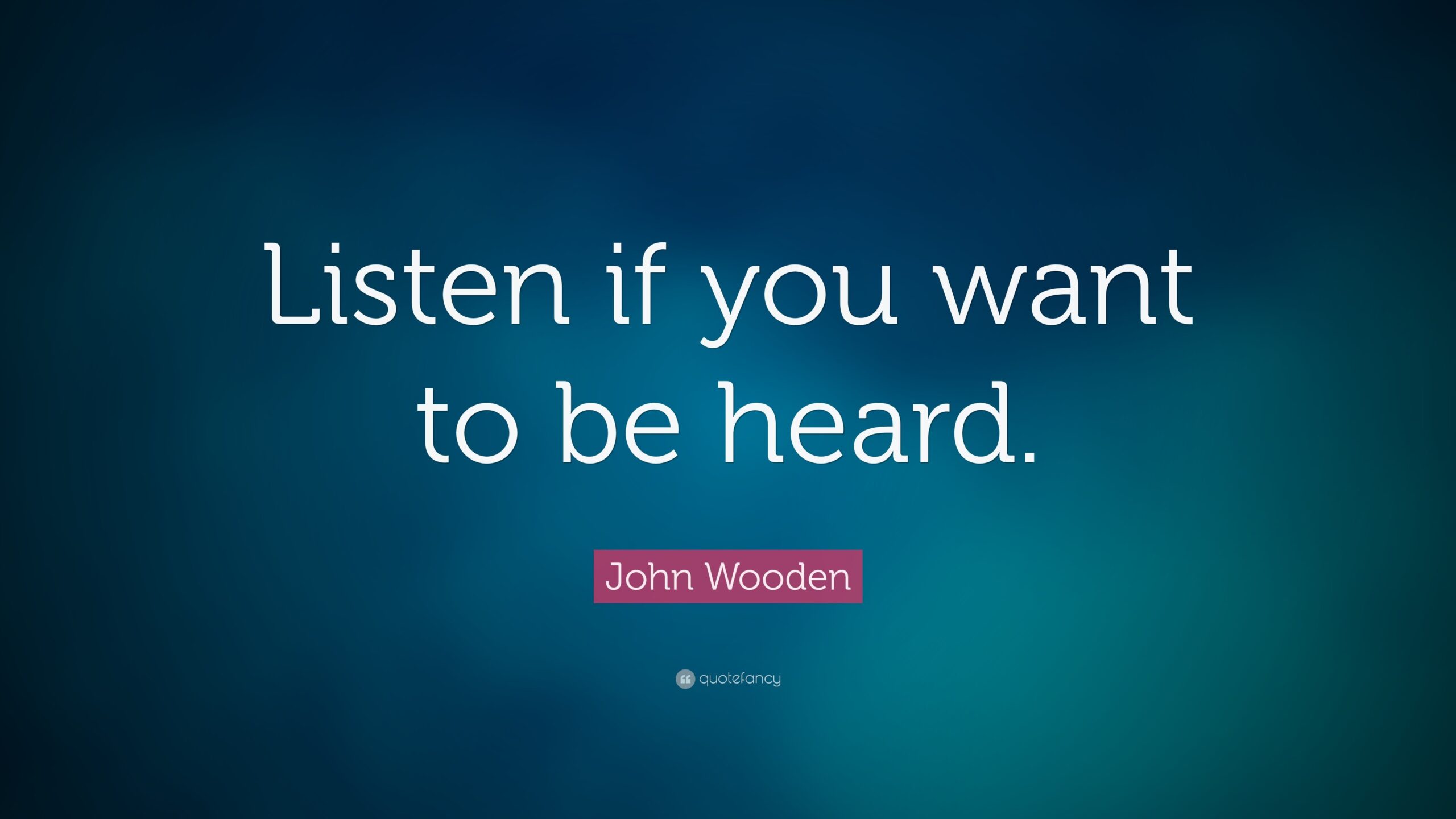A leader has to align an organization. At least, that’s what all of the leadership books say. When people connect with the broader mission, they more deeply engage. They offer up discretionary effort.
In an effort to create that alignment, I talked to countless people about company strategy and core values and our enduring purpose. Every so often, a conversation just went better. Something clicked. But what? Why were some conversations so much more effective?
Communication might be the most important leadership trait today. You have to deliver speeches, write well, tell stories, create context, connect dots and empathize. You need a social media presence, and you can’t be afraid of video. You should be able to command a room and connect with a skeptic one-on-one.
But none of that matters if you’re missing the most fundamental communication skill. The conversations that went the best had nothing to do with how well I articulated a vision or offered some pearl of wisdom.
They had everything to do with how well I LISTENED.
Leaders think their job is to know the way and show the way. In times of volatility and uncertainty, that’s backwards. Leaders need to gather input and insight. Leverage collective wisdom. Understand the psyche of the organization. Build trust. That requires active listening.
Transformation efforts rarely fail because the tangible plan wasn’t good. They fail because people weren’t on board. Everyone wants to be heard. They want to know their voice matters. When people feel heard, they connect to the broader mission and they go above-and-beyond.
We have two ears and one mouth. Through a lot of trial and error, I learned that I communicated most effectively when I closed my mouth and opened my ears.
I’m curious to hear what you’ve learned out about effective communication.
